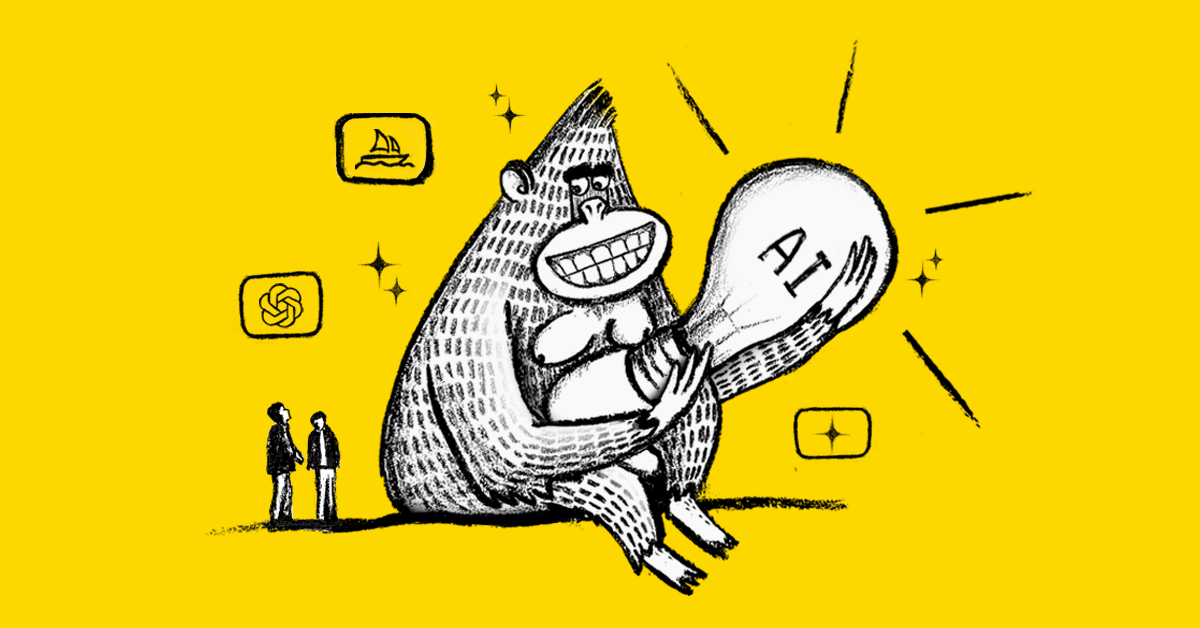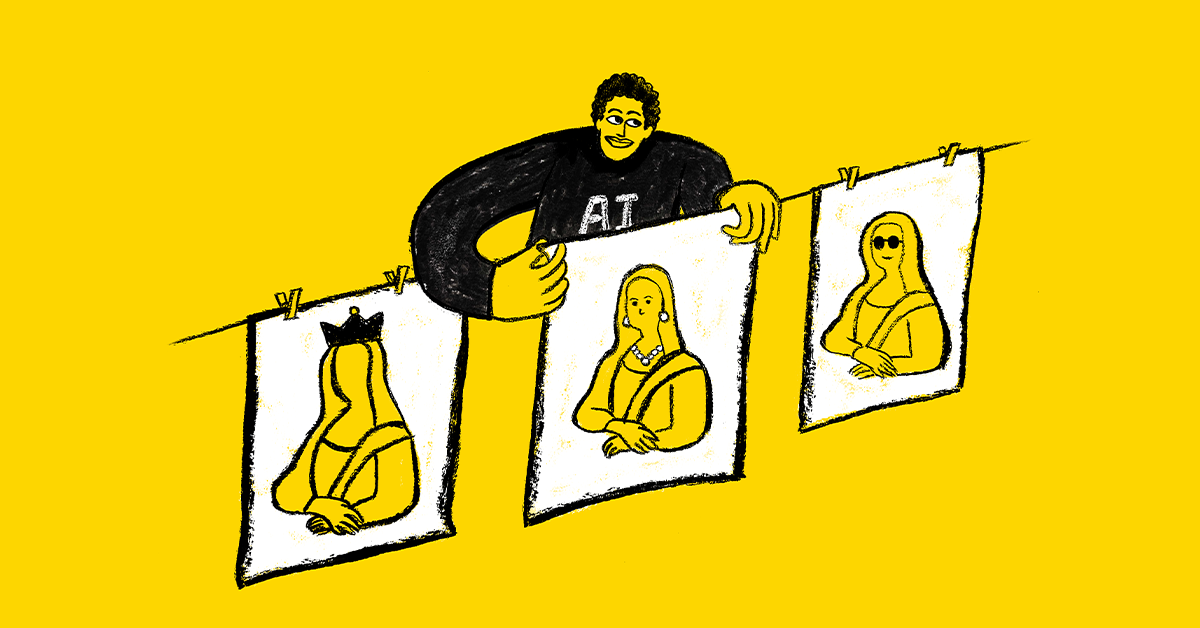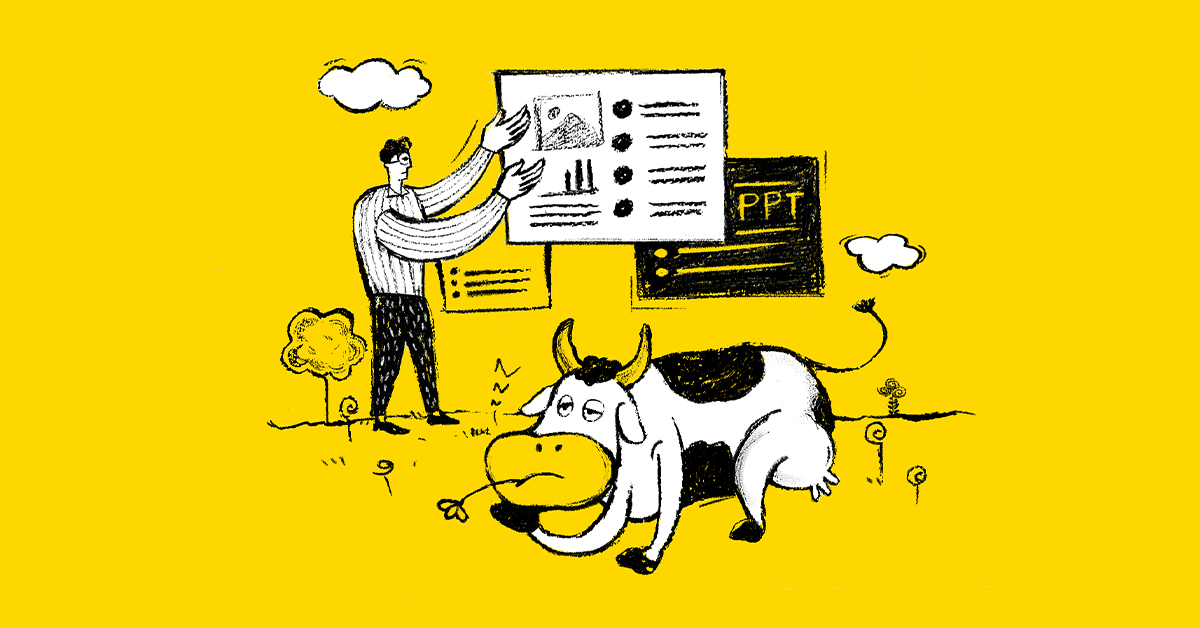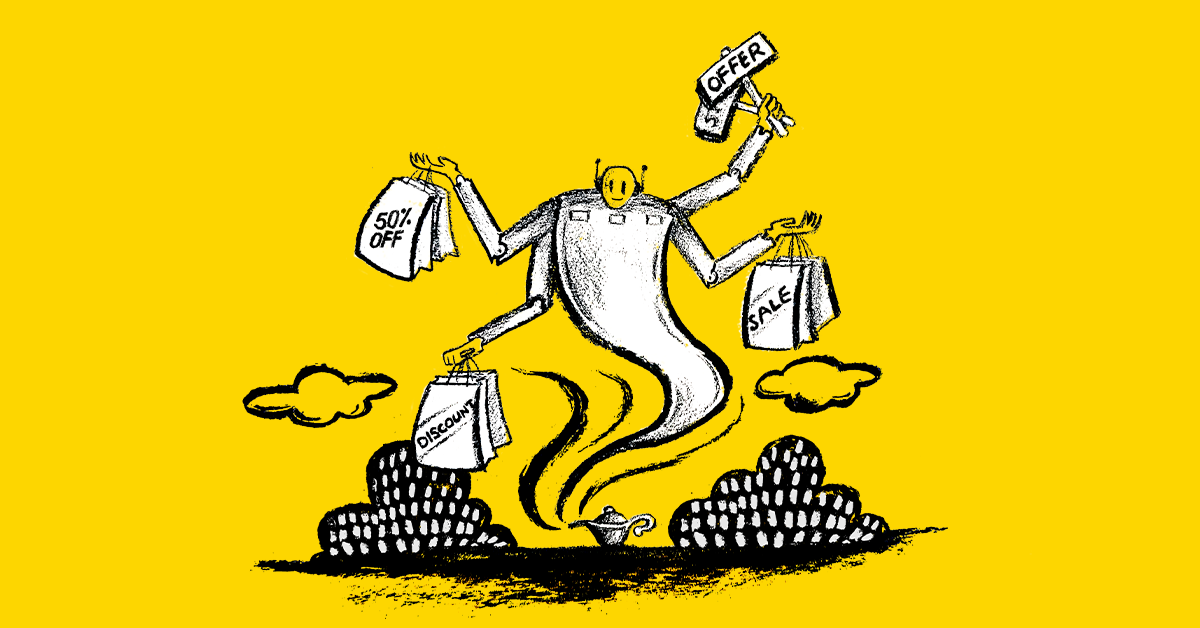Guerrilla marketing has always been about catching people’s attention in fun and unexpected ways. But now that AI has entered the marketing scene, it’s more exciting than ever.
In this blog, we’ll break down how AI has impacted guerrilla marketing and how you can leverage AI for guerrilla marketing strategies to create serious buzz.
Why Guerrilla Marketing + AI is a Match Made in Heaven
When you combine guerrilla marketing tactics with AI, the result is marketing campaigns that are not only attention-grabbing but also unforgettable and impactful. It is like the perfect blend of human creativity and technological intelligence that redefines what’s possible in marketing today.
Take Spotify Wrapped, for example. Every year, the streaming giant pulls off a well-loved guerrilla marketing strategy that uses AI algorithms and personal listening data to create a visually appealing and personalized music experience for each user to generate widespread engagement and publicity. The result? A highly effective viral campaign that essentially “hijacks” social media, year after year, with users actively sharing their Spotify Wrapped music insights.
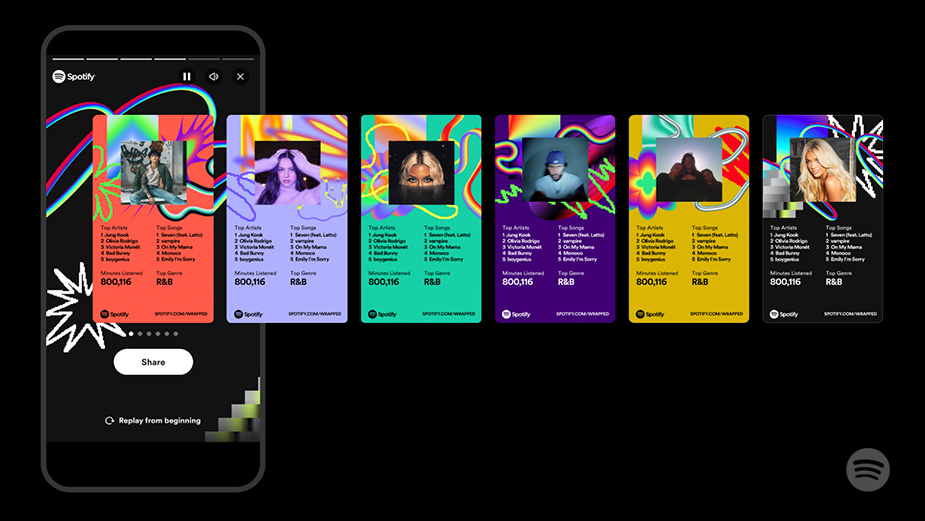
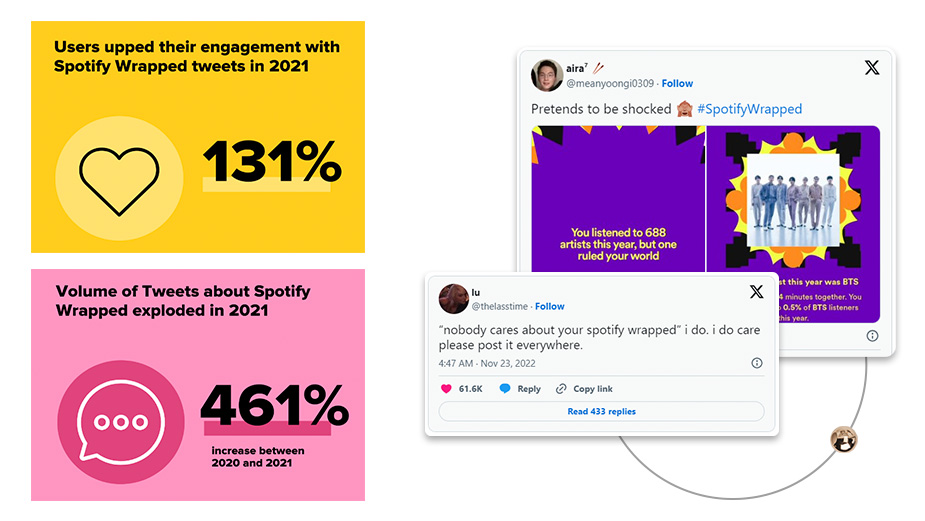
The AI-Powered Guerrilla Marketing Strategy Playbook That Brands Can’t Ignore
1. AR Public Installations and Displays
Your guerrilla marketing tactics can get a futuristic upgrade when you bring augmented reality (AR) into the mix. One strategy you can use is AR in public installations and displays at bus shelters or transit stations to create engaging and memorable experiences that capture people’s attention.
Pepsi nailed this guerrilla marketing strategy a few years ago with its “Unbelievable Bus Shelter” AR campaign. They used a live high-definition feed at a bus shelter in London that showed commuters alien abductions, UFOs, tigers, and meteors through what looked like a regular glass screen, leaving them shocked and delighted. This resulted in a brand buzz no one could forget.
If you haven’t seen this guerrilla marketing campaign yet, check it out below:
2. AI-Generated Guerrilla Street Art
Street art has always been a showstopper in guerrilla marketing. But what if the art could respond to you? Or even be created by you?
That’s exactly what Samsung Galaxy did with “The Movement of Design” during New York Fashion Week. They collaborated with fashion designer Colin LoCascio to create an immersive experience where participants got to generate dynamic digital art on large screens and personalize their creations using Samsung devices and AI (see below).
3. Hyper-Personalized Guerrilla Experiences
Have you ever thought about how incredible it will feel when your brand makes your audience feel like their campaign was designed just for you? That’s exactly what Alibaba achieved with their Wonder Avenue pop-up during the Paris 2024 Olympics.
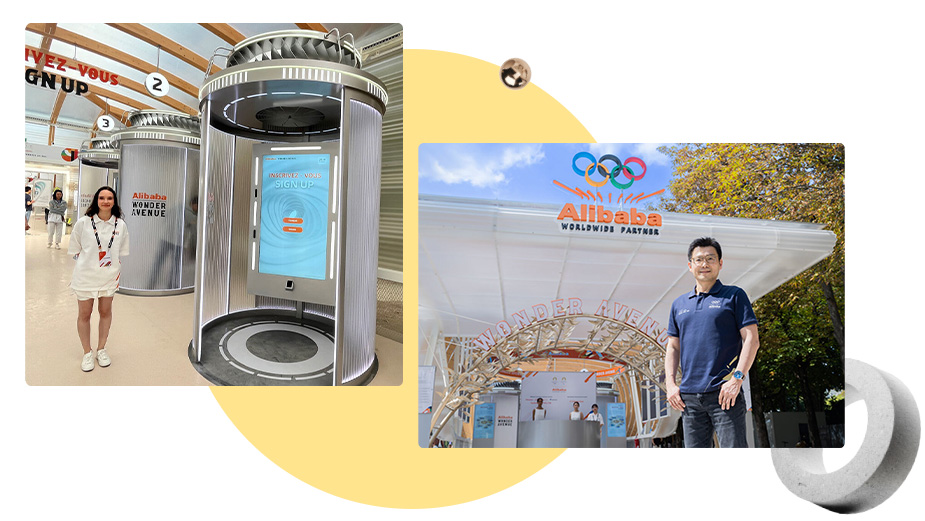
This pop-up shop wasn’t just another flashy display of their products. It was a prime example of a hyper-personalized guerrilla marketing strategy that offered product suggestions that felt deeply relevant to each visitor and made them feel like the campaign was truly made for them.
You can use the same strategy for your brand, too. By integrating personalized elements into your guerrilla marketing, you have the power to make every interaction with your brand feel special, engaging, and unforgettable.
Embrace the Unexpected
A few years ago, something as simple as a flash mob or a quirky billboard could be enough to make your brand stand out. But in 2025, standing out requires more than just gaining attention—your brand may need to combine AI with guerrilla marketing tactics to maximize your impact and get the most bang for your buck.
The real question today isn’t whether you can afford to experiment with AI-driven guerrilla marketing. It’s whether you can afford not to. Because the brands that embrace this shift will be the ones that dominate the marketing scene in the future.






